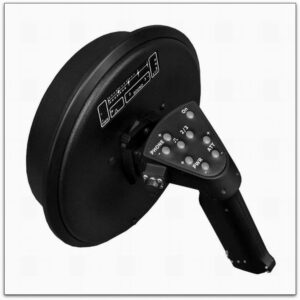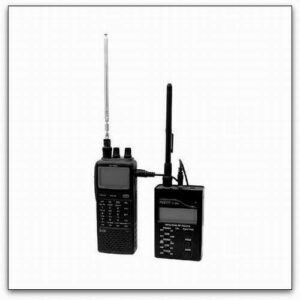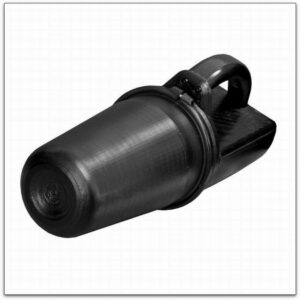Kwota:
6,999.00 zł
Opis
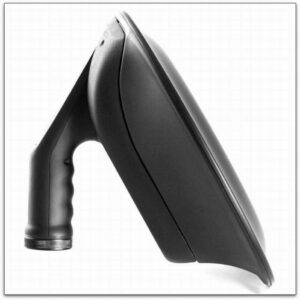
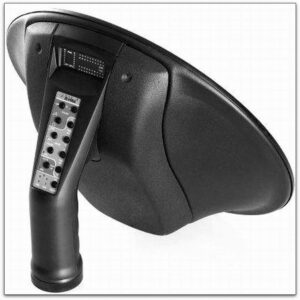
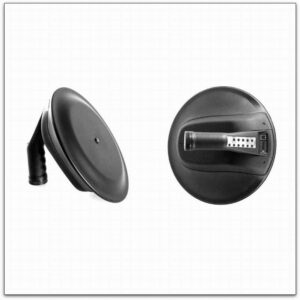
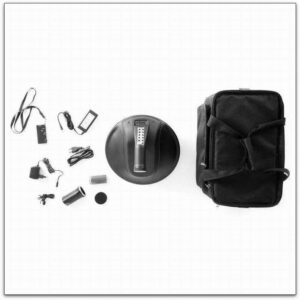
The non-linear junction detector LORNET 0836 is the indispensable tool for quick and reliable detection of devices containing semiconductor components. It can be used for counter-surveilance search works in premises (covert transmitters identification), as well as for location of explosive devices outdoors. The DPF (double probing frequency) technology with a patent pending antenna system places it truly apart from the competition.
Main competitive advantages:
Duoble probing frequency operation mode gives significant advantages over single frequency NLJD since it is much better to detect small-sized and high-frequency semiconductor objects at high frequencies whereas the use of low frequencies benefits from improved detection in the wet ground and concrete walls;
It is possible to operate in one of the frequency ranges and in both of them simultaneously;
An embedded parabolic antenna with high gain (20dB at 3600MHz) enables highly precise detection of semiconductor components from a long distance.
Laser pinpointing for a space selective object localisation;
Wide power control range, automatic and manual modes of probing signal level adjustment;
Possibility to listen to the envelope detector output as well as to the received signal level via a built-in loudspeaker and wireless head phones to evaluate parametric impacts (e.g. knocking) on the suspicious object.
Low-frequency range (800MHz) gives opportunity the operate high humidity.
High frequency range (3600MHz) gives opportunity to spatially select the semiconductor elements location
Reliable detection of the SIM-card at a distance of 80 centimeters.
Compact device, the weight is 1kg.
Lornet is equipped with an automatic system of protection against centered jamming by criterion of a minimum noise in the receiver path of the 2nd harmonic.
Electromagnetic radiation towards the operator is many times less than one setted by the Regulator.
Technical characteristics:
Type of probing signal
– pulse modulated carrier with a duty cycle of 0.4% (Pulse)
– pulse modulated carrier with a duty cycle of 6.0% (CW)
Lower probing signal frequency: 789,5 … 791,5MHz
Upper probing signal frequency: 3581,5 … 3607,5MHz
Transmitters peak power in each frequency range in Pulse: 25W in low FR/ 18W in upper FR
Transmitters peak power in each frequency range in CW: 6W in both FR
Power control range: 20dB from max value, 11 steps.
Transmittance antenna gain of upper range: 20dB, beam angle by -3dB level -22o
Transmittance antenna gain of lower range: 6dB, beam angle by -3dB level -60o
Receiver antenna gain of upper range: not less 24dB
Receiver antenna gain of lower range: not less 8dB
Receivers sensitivity: better than -110dBm (one LED lights up at the indicator scale)
Receiving path dynamic range:
– 30dB (20dB – LED indicator range, 10dB – attenuator range at receivers input adjusting by ATT button).
Time of continuous operation with a Li-Ion battery at the max power:
– in pulse mode: at least 2.5h
– in CW mode: at least 1.5h
Weight of the device: 1kg
Full set weight in a bag: 4.5kg
Device dimensions: 31x31x28cm
Bag dimensions: 44x30x35cm
Operating conditions:
– ambient temperature +5…+40oC.
– pressure at least 450mm of mercury
Non Linear Junction Detectors:
In 1970s Americans detected wires in the concrete columns of the American Embassy in Moscow. The bugs were installed during the construction of the building, and there was no other way to extract them except for complete destruction of the building. One shouldn’t neglect the importance of correct frequency tuning of NLJD equipment for different types of search environment (for instance, concrete walls). Bugs or wires (as covert listening devices are commonly called) can be set up deep in concrete columns and they still will be transmitting signals. Non-linear junction detectors (NLJD) are devices designed for search and detection of different types of covert listening devices, various electronic appliances and transmitters comprising of semiconductors. The principle of NLJD equipment operation is based on emission of high radio frequency energy in an area. Detectors have a sensitive receiver designated for reception of objects’ echo signals which, for operator’s convenience, are marked down with sound or displayed on graphical user’s interface. Depending on the model, non-linear junction detectors are capable of detecting almost any electronic appliance in any operational mode: active, stand-by, switch-off. The designation of such devices consists in detection of radio microphones, microphone amplifiers, dictophones in premises (walls, floors, ceilings, furniture, etc.). Non-linear junction detectors acquired a reputation as perfect means of counter-espionage, as embassies and other diplomatic posts are known to be most popular targets for eavesdropping equipment. Specific models of NLJD are used by the police in search for weapons during events involving great masses of people. Detectors are used for providing location secure from covert listening devices in different organizations. Non-linear junction detectors can serve multiple purposes and have a wide range of implementation, starting from ground detectors up to equipment used for detection of mobile phones. Wide range of NLJD is presupposed by the type of material or surface for search operations – ground detectors are preferable for object detection in soil, portable detectors tuned to appropriate frequency are better in search within wooden furniture. Non-linear junction detectors have a very peculiar designation, therefore their usage is conditioned by goals set by customers. Taking into account great variety of NLJD equipment there is a specific model for any purpose you may require. Current NLJD products line include models for various applications.
Why Non Linear Junction Detectors?
NLJD technology has proven to be most effective in detection of semiconductors containing multiple layers of silicon, a P-Type and an N-Type. The point where they meet is called a Non Linear Junction.Non Linear Junction also appears in nature: dissimilar metals in contact with one another; the rust on metals resulting from corrosion.



